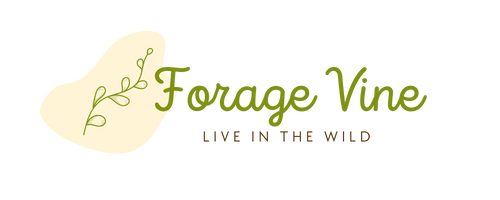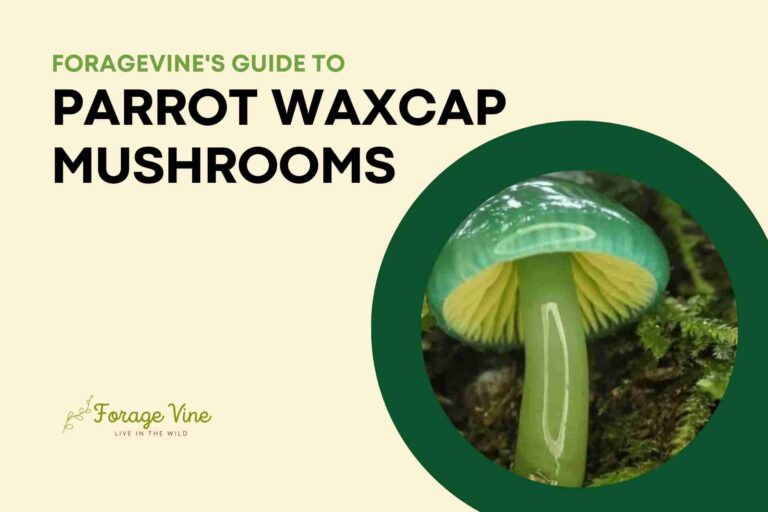Is Lavender Edible: Complete Guide to Eating Lavender
From its scent to its beautiful purple hue, Lavender can often be displayed in gardens and sachets, adding a lovely ambiance and flavor. But have you ever wondered if something as fragrant and beautiful as Lavender is edible? Fortunately for us foodies, the answer is an emphatic yes! Lavender has been used in the culinary world for centuries. From teas to desserts and salads – there are so many delicious ways to enjoy this unique herb! So grab your apron, tie up those chef shoes (or just put on your most comfortable slippers), and pull out your tasty ingredients – let’s dive into the beautiful world of edible Lavender! In this complete guide, we’ll explore everything related to eating Lavender – including some fantastic recipes that will make it easy for you to start cooking with it immediately.
What is Lavender, and How is it Used
Lavender is an aromatic herb native to the Mediterranean region, widely known for its calming, uplifting scent and wide range of therapeutic use. The beautiful flower is used in many forms, such as essential oils, dried bouquets, infusions, and tinctures. Lavender oil’s sedative qualities have been found to help soothe stress and anxiety. The antioxidant properties are perfect for rejuvenating skin, and the anti-fungal agents are great for treating minor burns. You’ll find it in various foods, from baked goods to savory dishes. Lavender is your go-to ingredient whether you’re looking for a mental or physical boost.
Benefits of Eating Lavender
Eating Lavender may sound strange, but this fragrant herb provides various nutritional benefits. L lavender is extremely low in calories and a great source of Vitamin A, Vitamin E, and essential minerals like iron and calcium. Because of its unique aroma and flavor, Lavender can enhance the flavor of sweet or savory dishes and make for great natural food coloring. By adding Lavender to your diet, you can reap the rewards of better digestion, stress relief, improved skin health, and boosted immunity. With so many excellent benefits from adding Lavender to your daily routine, there is no reason not to try it!
Different Ways to Eat Lavender
Lavender can add a unique flavor and aroma to dishes. It can be enjoyed in sweet and savory dishes and adds dimension to the existing flavors. A popular way to enjoy Lavender is to infuse it into oils, syrups, or vinegar. Lavender syrups can add sweetness and floral notes when poured over ice cream or pancakes. For savory dishes, lavender-infused olive oil can add delicate complexity when drizzled over grilled vegetables and salads. You can also try sprinkling dried lavender buds directly onto everything from cakes or cupcakes to roasted vegetables and grilled meats for a finishing touch that brings out the natural flavors of each dish.
Recipes for Cooking with Lavender
Many think Lavender is an aromatic flower used in soaps, lotions, and potpourri. But Lavender also has culinary uses that can be a surprise element in any meal. It works exceptionally well in desserts, where its subtle floral flavors can bring an unfamiliar hint to sweet treats like cakes and cookies. The flowers are not overwhelmingly fragrant or flavorful – they become stunningly aromatic when mixed with sugar, butter, or oil during cooking. Consider trying a recipe with Lavender by infusing honey or making a simple syrup to put over waffles, ice cream, and more. Lavender adds a delightful flair to all recipes, from roasted chicken to jams. Once introduced to the possibilities, you’ll reach for this magical plant every time you cook!
Tips for Incorporating Lavender Into Your Diet
Lavender can add a distinct flavor and fragrance to dishes, making it an ideal herb for food lovers looking to spice up their healthy eating routine. One great way to incorporate Lavender into your diet is through tea, as the delicate floral scent of the flowers pairs well with other flavors such as lemon or honey. Another delicious way to use Lavender is in salad dressings or marinades; just add a few teaspoons of dried Lavender into the mix for an unforgettable experience!
Potential Side Effects of Overeating Lavender
Lavender is a trendy ingredient in many foods and beverages. While it has numerous health benefits, it’s important to remember that Lavender can cause various potential side effects when eaten in excess. Consuming too much Lavender can lead to headaches, nausea, irregular heartbeat, and dizziness. Consequently, if you consume Lavender regularly, it is essential to be mindful of the amounts being ingested to ensure that it remains safe and beneficial. Further research must be done to properly understand the importance of moderation in including Lavender in your diet.
This blog post has examined what Lavender is and how it can be used. We have seen that incorporating Lavender into the diet has various potential benefits, such as better digestion, improved sleep, decreased headaches, and increased relaxation. Additionally, there is a wide range of recipes for foods such as cakes, ice cream, and muffins that contain Lavender, which provides delicious ways to reap these benefits. Finally, we have looked at some tips for introducing Lavender into meals and snacks to maximize it nutritionally while addressing the possible side effects of excessive consumption. With careful attention to quantity and preparation, culinary Lavender is a beneficial addition to our diets!


